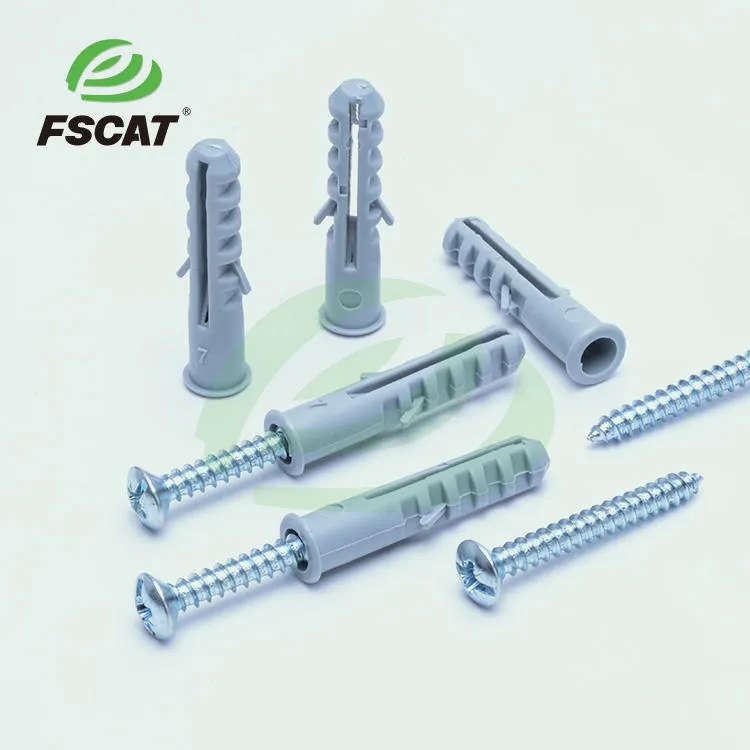What are the functions and features of the Insulated Terminal?
Insulated terminals are fundamental components in electrical engineering, serving a dual purpose of ensuring secure electrical connections while providing essential insulation. These components play a pivotal role in maintaining safety and reliability in electrical systems across diverse applications.
1.Functions of Insulated Terminals:
Electrical Connectivity: Facilitate reliable connections between wires or components, ensuring efficient electrical flow.
Insulation Protection: Prevent electrical short circuits and other hazards by effectively insulating conductive parts.
Compatibility: Available in various types and sizes to accommodate different wire gauges and installation requirements.
Features of Insulated Terminals:
2.Key features of insulated terminals include:
Material Durability: Constructed from durable materials like copper, brass, or aluminum for optimal conductivity and longevity.
Ease of Installation: Designed for straightforward installation using crimping tools or other appropriate methods, enhancing efficiency during assembly.
Safety Compliance: Often color-coded or labeled to indicate size and electrical ratings, ensuring adherence to safety standards and facilitating error-free installation.
3.Conclusion:
In conclusion, insulated terminals are indispensable in electrical applications for their ability to establish secure electrical connections while providing crucial insulation. Their design features ensure reliability, safety, and ease of installation, making them essential components in modern electrical systems.






